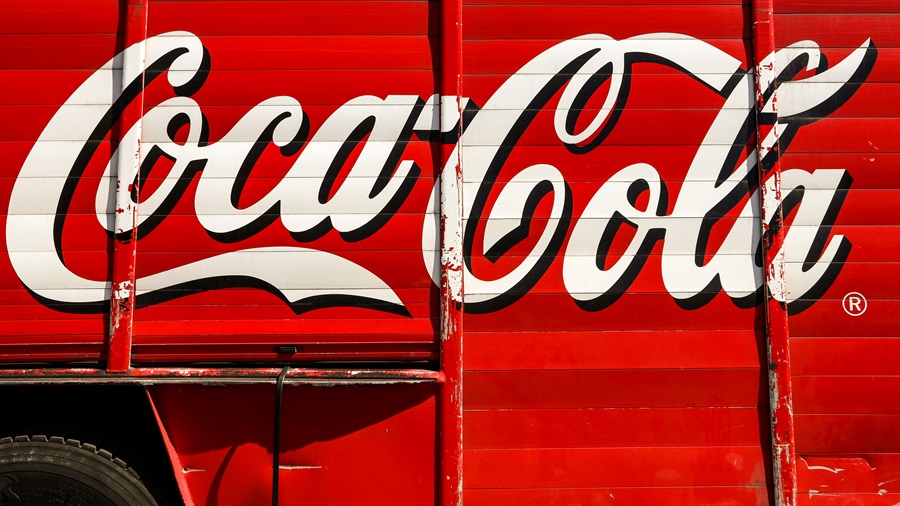Introduction
Coca-Cola, one of the most recognizable brands worldwide, has a storied history that spans over a century. Known for its distinctive taste and innovative marketing, Coca-Cola has evolved from a medicinal tonic to a global beverage leader. This article delves into the origins, development, and impact of the Coca-Cola brand.
Origins and Early History
Coca-Cola was created by Dr. John Stith Pemberton, a pharmacist from Atlanta, Georgia, in 1886. Initially formulated as a medicinal tonic, the beverage was sold at Jacob’s Pharmacy for five cents a glass. The original recipe contained coca leaf extract and kola nut, which provided the caffeine. The name “Coca-Cola” was suggested by Pemberton’s bookkeeper, Frank M. Robinson, who also designed the iconic script logo.
Early Marketing and Expansion
After Pemberton’s death in 1888, Asa Griggs Candler acquired the business and transformed Coca-Cola from a local product to a national brand. Candler’s aggressive marketing strategies, including distributing free drink coupons and plastering the Coca-Cola logo on promotional items, significantly increased the drink’s popularity.
In 1894, the first Coca-Cola bottling plant was established in Vicksburg, Mississippi, by Joseph Biedenharn, enabling the beverage to be sold in bottles rather than just at soda fountains. This innovation was pivotal for the company’s expansion.
The Birth of the Contour Bottle
By the early 20th century, Coca-Cola faced numerous imitators. To differentiate itself, the company introduced the now-famous contour bottle in 1916. Designed by the Root Glass Company, the unique shape ensured that even a broken piece of the bottle would be identifiable as Coca-Cola. This bottle design became an enduring symbol of the brand.

Global Expansion
Coca-Cola’s international expansion began in the early 20th century. By the 1920s, the beverage was sold in several countries, including Canada, Cuba, and France. During World War II, Coca-Cola established bottling plants near military bases overseas, providing soldiers with a taste of home. This strategy not only boosted morale but also ingrained the brand in global markets.
The Post-War Era and Diversification
After World War II, Coca-Cola continued to expand globally and diversify its product line. The introduction of Fanta in the 1940s, originally developed in Nazi Germany due to ingredient shortages, marked the beginning of Coca-Cola’s diversification into other beverages. In the following decades, the company introduced Sprite, TAB, and Diet Coke.
Marketing Innovations
Coca-Cola’s marketing has been instrumental in its success. The 1971 “I’d Like to Buy the World a Coke” campaign, which featured a multicultural group of young people singing on a hilltop in Italy, emphasized unity and peace. The 1980s saw the advent of the “Share a Coke” campaign, where bottles were personalized with popular names, encouraging consumers to connect with the brand on a personal level.
Challenges and Controversies
Despite its success, Coca-Cola has faced challenges. The introduction of “New Coke” in 1985, a reformulation of the original recipe, was met with consumer backlash, leading to the return of the classic formula as “Coca-Cola Classic.” Additionally, the company has faced criticism regarding health concerns related to sugary drinks and its environmental impact.
Sustainability and Future Outlook
In recent years, Coca-Cola has made strides in sustainability, pledging to reduce its carbon footprint and improve water efficiency. The company has also ventured into healthier beverage options, acquiring brands like Honest Tea and launching Coca-Cola Life, a lower-calorie version of the classic drink.
Conclusion
From its humble beginnings in a small Atlanta pharmacy to becoming a global icon, Coca-Cola’s history is a testament to the power of branding, innovation, and adaptation. As the company continues to evolve, it remains a dominant force in the beverage industry, committed to refreshing the world while navigating modern challenges.


